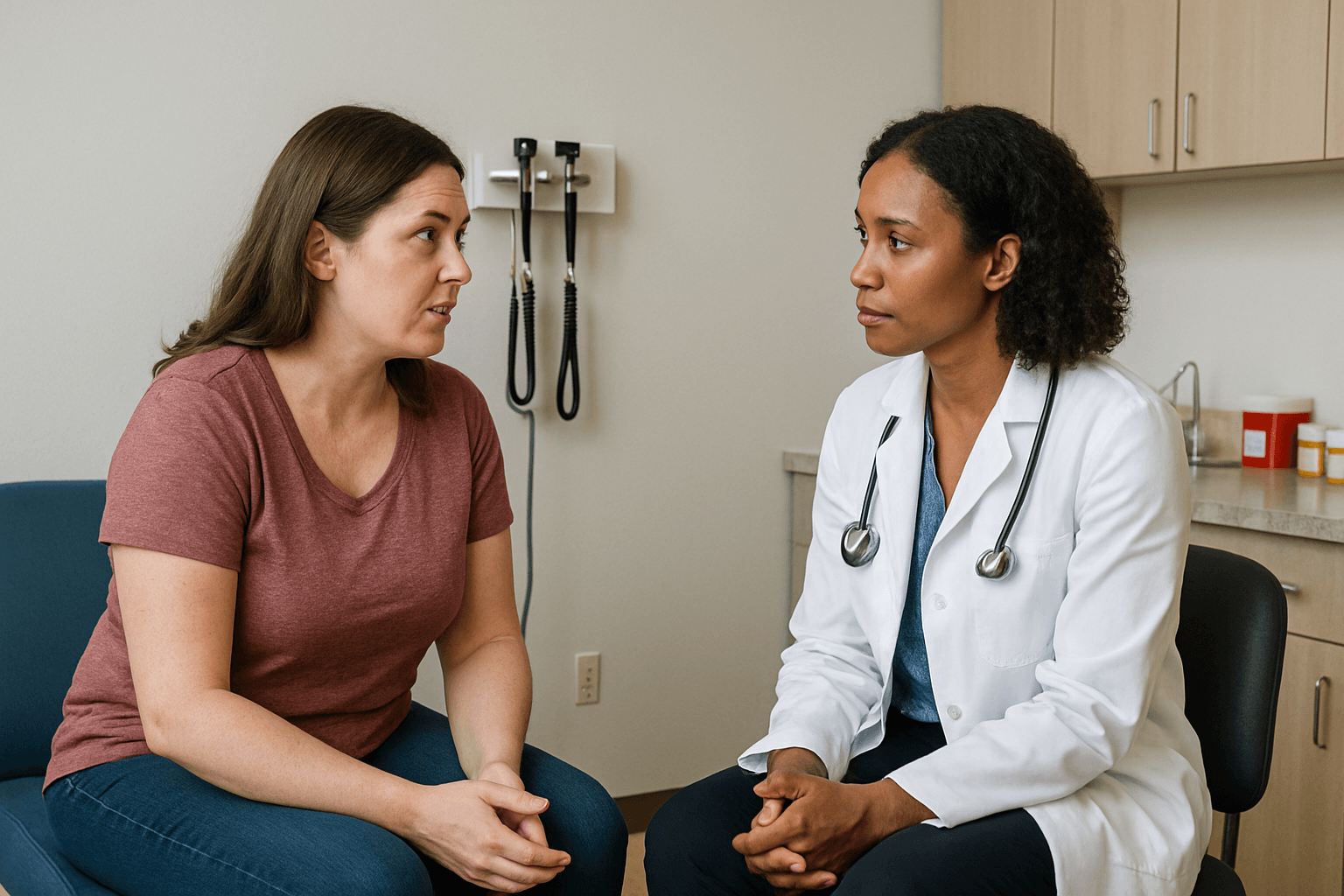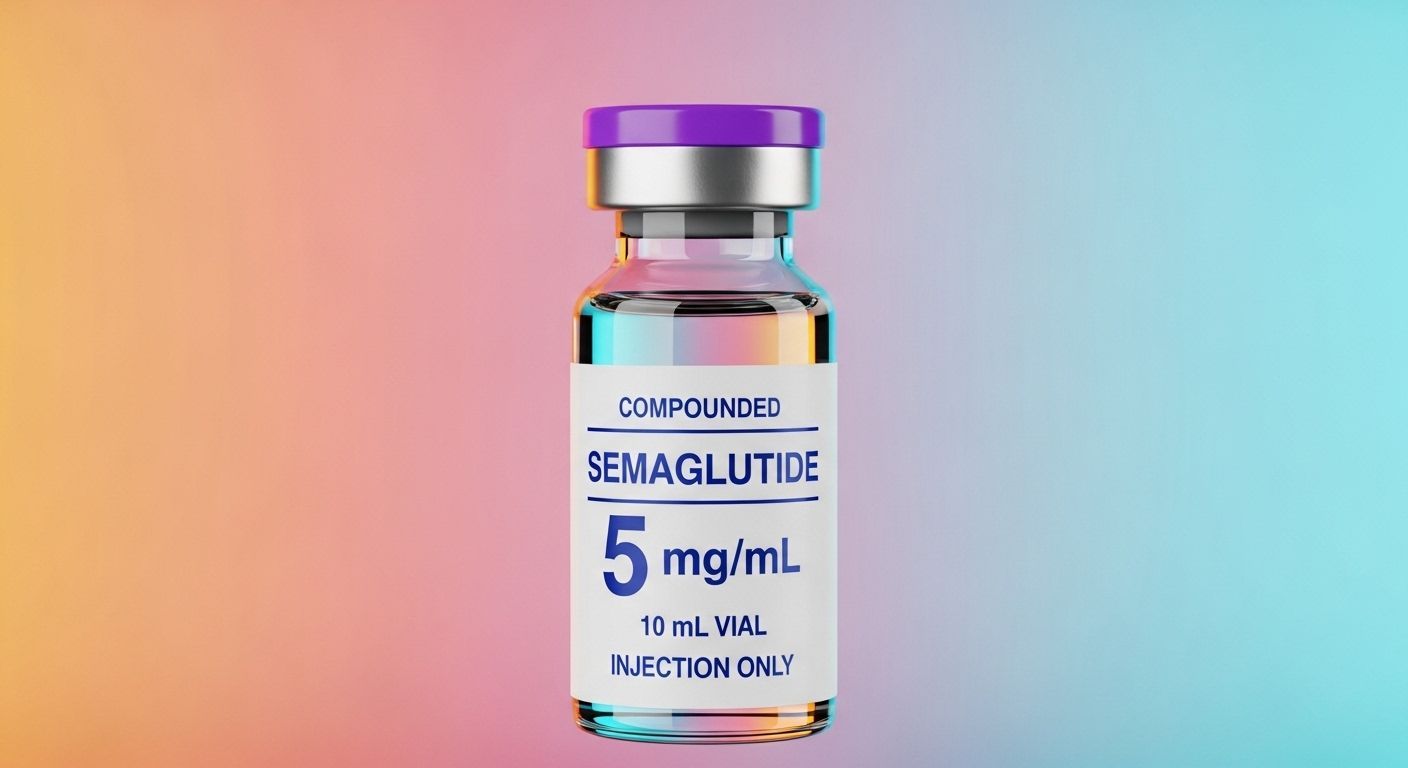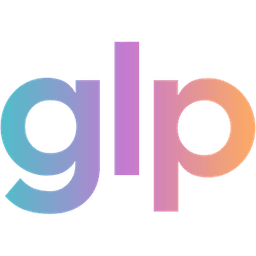How to Evaluate Telehealth & Compounded GLP-1 Providers: Your Search Guide
Author
glp winnerDate Published
- Twitter
- Facebook
- LinkedIn
- Instagram
- Copy Link
.jpg&w=3840&q=100)
Starting GLP-1 therapy should feel like a step toward better health. Instead, for many people it feels like wandering through a thicket of ads, conflicting information, and fine print. You’ll see glowing testimonials, scary warnings, and wildly different prices for what looks like the “same thing.” Without a plan, it’s easy to get lost.
This guide is meant to be your anchor point. Think of it as the “first read” before you dive into Google searches or start clicking on telehealth ads. By the end, you’ll understand:
- The criteria everyone should use to judge a provider.
- How those criteria apply differently to FDA-approved GLP-1 drugs vs compounded GLP-1 formulations.
- Why GLP Winner was built to make this process more transparent.
- What to do after you’ve chosen a provider so you don’t miss out on price drops, new regulations, or better options.
And one important reminder up front: before you do any of this, ask your doctor and insurer if they can cover a GLP-1 for you. It may not always be possible, but if it is, that route is usually simpler and safer than starting from scratch.
Nine Core Criteria for Comparing Providers
1. Real Consumer Reviews
A provider’s website will always paint a rosy picture. Real insight comes from people who’ve actually used the service. Look for reviews across multiple sources: Trustpilot, BBB, Reddit weight-loss communities, and TikTok unboxings (co-founder Sabina posts her unboxings on Tiktok regularly as well). The goal isn’t to find perfection but to spot patterns. Do multiple reviewers complain about delays? Or do they highlight responsive doctors and easy refills?
2. Licensing & State Authorization
Telehealth laws vary by state. A provider may appear reputable but still lack authority to prescribe where you live.
- How to check: Visit your state’s medical board (for prescribers) and pharmacy board (for pharmacies). Both offer online license lookups. Confirm the license is active and note any disciplinary history.
3. Clinical Oversight
GLP-1s aren’t casual medications. They affect metabolism, digestion, and blood sugar regulation. A responsible provider will ask for your medical history, may require lab work, and should schedule follow-ups. If a company promises “instant prescriptions, no questions asked,” that’s a red flag.
4. Transparent Pricing
Hidden fees are common in telehealth. Providers may advertise a low consultation fee but tack on extra costs later. Look for a full breakdown: consultation, prescription, medication, compounding (if applicable), shipping, and refills. If you can’t get a straight answer, walk away.
5. Pharmacy Partners
If compounded medication is offered, the quality of the pharmacy matters as much as the prescriber.
- How to check: Ask directly which pharmacy they use. Then confirm that pharmacy’s licensing and disciplinary record through the NABP directory or your state board.
6. Quality Assurance
Whether FDA-approved or compounded, you want assurance that what’s in your vial or pen is what it claims to be.
- How to check: For compounded meds, ask for proof of potency, purity, and sterility testing. Ask if they comply with USP standards. If a provider dodges the question, that’s your answer.
7. Accreditations
Not every pharmacy seeks accreditation, but when they do, it signals higher standards.
- How to check: Search for PCAB (Pharmacy Compounding Accreditation Board) accreditation or look on the NABP site. These are voluntary but meaningful.
8. Customer Support
Shipping delays, broken vials, billing errors—they happen. The real test is how a provider responds. Do they have a live support line? Are refund and replacement policies spelled out in writing? Good support isn’t a bonus; it’s a necessity.
9. Privacy & Data Protection
Telehealth providers handle sensitive health and payment data.
- How to check: Read their privacy policy. Look for explicit mention of HIPAA compliance and limits on data-sharing. If you see vague promises or lots of marketing opt-ins, be cautious.
Evaluating FDA-Approved GLP-1 Providers
FDA-approved GLP-1s—such as Wegovy (semaglutide), Ozempic, and Zepbound (tirzepatide)—are manufactured under strict quality standards, and their efficacy is supported by clinical trials. Choosing this path doesn’t mean you’re safe from bad actors, though.
When evaluating a telehealth provider for FDA-approved GLP-1s, ask:
- Do they confirm medical eligibility (BMI thresholds, diabetes status, comorbidities)?
- Do they require baseline labs (liver, kidney, thyroid)?
- Do they provide follow-up and adjust dosages for side effects like nausea?
- Do they help patients access manufacturer coupons or assistance programs?
- Do they disclose ongoing monthly costs up front, without hidden fees?
The drugs themselves are regulated and standardized, but the prescribing process and patient support vary dramatically.
Evaluating Compounded GLP-1 Providers
Compounded GLP-1s are custom-mixed medications. They may be considered when a doctor determines you need a dose or formulation not available in brand-name options. They are not FDA-approved, which means safety and quality checks are your responsibility.
When evaluating compounded providers, you’ll want to look even closer:
Pharmacy type (503A vs 503B):
- Why it matters: 503A pharmacies make medication one patient at a time and are overseen by state pharmacy boards. 503B outsourcing facilities are inspected by the FDA and must follow stricter manufacturing standards. Many people feel more comfortable with a 503B because it’s closer to large-scale pharmaceutical production.
- How to check: Ask the provider directly which type of pharmacy they use. Then confirm by looking up the pharmacy on your state’s board of pharmacy website or the FDA’s list of 503B outsourcing facilities.
Testing for potency, sterility, and purity:
- Why it matters: Compounding doesn’t have the same FDA oversight as brand-name manufacturing, so testing is the main way to know the drug is what it claims to be. Potency testing ensures the right amount of active ingredient, sterility testing ensures no contamination, and purity testing rules out harmful byproducts.
- How to check: Ask the pharmacy to provide a Certificate of Analysis (CoA) or batch testing results. Legitimate compounding pharmacies will share this documentation if requested.
USP compliance (USP 795, 797, 800):
- Why it matters: The United States Pharmacopeia (USP) sets national safety standards for how medications should be prepared. For example, USP 797 governs sterile compounding (like injectable drugs), which is especially relevant for GLP-1s. Compliance means the pharmacy is following best practices in cleanliness, equipment, and safety.
- How to check: Ask the provider if the pharmacy follows USP standards. Some pharmacies display this on their website. You can also check with your state board to see if USP compliance is part of their inspection criteria.
Accreditation (PCAB or NABP):
- Why it matters: Accreditation is voluntary, but it shows a pharmacy has gone through third-party evaluation of its processes. PCAB accreditation in particular is seen as the gold standard for compounding.
- How to check: Search the pharmacy name in the PCAB database or the NABP directory.
Licensing (state-by-state authority):
- Why it matters: A pharmacy might be licensed in one state but not allowed to ship across state lines, or may have restrictions depending on your location. Using a pharmacy that isn’t licensed in your state can put you at risk of receiving invalid or illegal prescriptions.
- How to check: Go to your state’s board of pharmacy website. Most have a license lookup where you can search by pharmacy name.
Transparency about risks and limitations:
- Why it matters: A responsible provider will be upfront that compounded GLP-1s are not FDA-approved and that long-term safety data is limited. If a provider oversells compounding as a “perfect alternative,” they’re not being honest.
- How to check: Read the provider’s website closely. Look for disclaimers about FDA status. Ask direct questions: “Do you disclose compounding limitations and risks in writing?”
A responsible provider will answer these questions directly. An evasive one should be avoided.
How GLP Winner Helps
Doing this research solo means juggling dozens of open tabs. That’s why we built GLP Winner—to be your one-stop comparison hub.
Here’s how it helps:
- Provider Profiles: Compare telehealth and pharmacy providers side by side.
- Licensing Checks: See instantly if a provider is authorized in your state.
- Pharmacy Transparency: Find out which pharmacies providers use and whether those pharmacies are accredited.
- Review Compilation: Read experiences from real patients all in one place.
- Smart Filters: Rank options by safety, support, or pricing clarity.
- Alerts & Updates: Get notified of price changes, new providers in your state, or regulatory updates.
Instead of spending hours digging, you can see the big picture in one dashboard. Want to get started? Take our quick survey and we'll connect you with a list of providers that will fit your needs.
After You Choose a Provider
The GLP-1 market doesn’t stand still. Prices shift, new drugs launch, regulations evolve. Choosing a provider is just the start.
Your post-choice checklist:
- Document everything: prescription details, refill schedule, and support policies.
- Track prices: manufacturer discounts or compounding costs can change. Ask for adjustments if they do.
- Stay updated: follow FDA alerts and state board notices.
- Check recalls: sign up for FDA safety notifications.
- Re-evaluate annually: is your provider still the best fit?
- Leave reviews: your feedback helps others - leave one on GLP Winner to help others.
- Stay in the loop: subscribe to GLP Winner’s Insight newsletter for ongoing updates.
A provider that looks like the “best” today may not be the best tomorrow. Staying informed is part of the process.
Conclusion
Choosing a GLP-1 provider isn’t just a transaction—it’s a strategy. By applying a structured checklist, carefully reviewing both FDA-approved and compounded options, and leveraging GLP Winner as your comparison tool, you can move forward with clarity and confidence.
This isn’t a one-time decision. It’s a journey of monitoring, adjusting, and staying informed. With the right framework, you can navigate the maze and find a provider who’s not just convenient, but safe and sustainable.
If you enjoy posts like these, you can subscribe to receive newsletter updates.
Sources
Keep Reading

Learn 6 simple steps to ask your doctor for a GLP-1 prescription and talk confidently about safe, effective weight-loss options.

It's the end of the shortage style compounding with essential copies. Now compounding requires a medical justification.

FDA: “many of the adverse events reported for compounded versions appear to be consistent with adverse events for the FDA‑approved products.”

GLP-1 myths spread fast. Here’s the truth about Wegovy, Zepbound, side effects, “Ozempic face,” and more—backed by trusted sources.
